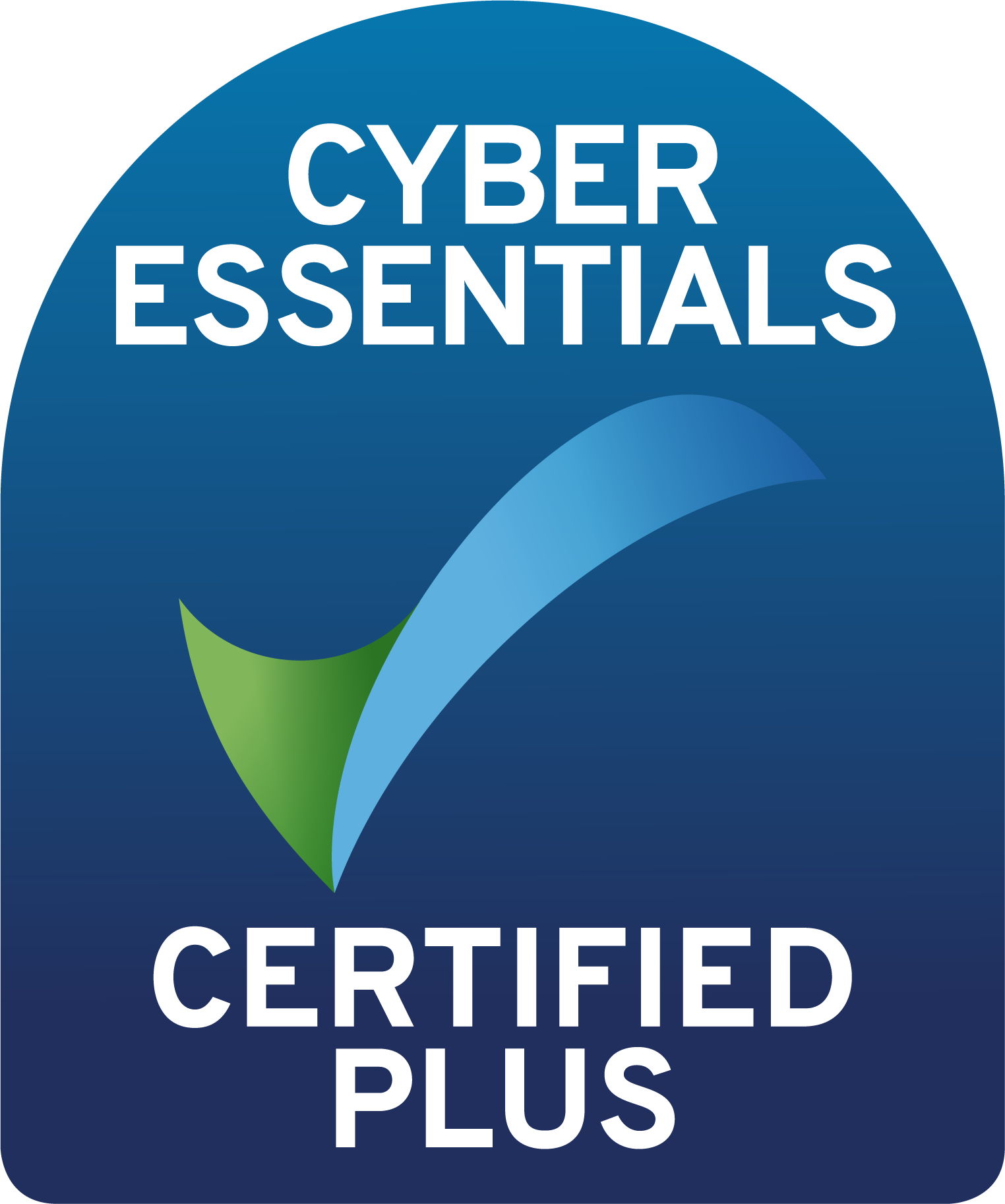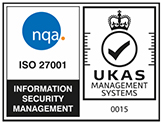There are over 700,000 head injury attendances to A&E in England every year, about half of whom are children.
Many injuries are minor and require relatively simple treatment and advice about possible complications occurring. Generally speaking, patients are sent home with a head injury advice leaflet, detailing what signs and symptoms they should look out for and when they should seek further medical assistance.
Post-concussion syndrome is a well recognised condition, generally lasting up to about 4-6 weeks, and does not necessarily require admission to hospital. It may start after a few days following the head injury.
For children who have sustained a head injury and have any of the following risk factors, perform a CT head scan within 1 hour of the risk factor being identified:
- Suspicion of non-accidental injury
- Post-traumatic seizure but no history of epilepsy.
- On initial emergency department assessment, GCS less than 14, or for children under 1 year GCS (paediatric) less than 15.
- At 2 hours after the injury, GCS less than 15.
- Suspected open or depressed skull fracture or tense fontanelle.
- Any sign of basal skull fracture (haemotympanum, 'panda' eyes, cerebrospinal fluid leakage from the ear or nose, Battle's sign).
- Focal neurological deficit.
- For children under 1 year, presence of bruise, swelling or laceration of more than 5 cm on the head.
A provisional written radiology report should be made available within 1 hour of the scan being performed. [new 2014]
For children who have sustained a head injury and have more than 1 of the following risk factors (and none of those in recommendation 1.4.9), perform a CT head scan within 1 hour of the risk factors being identified:
- Loss of consciousness lasting more than 5 minutes (witnessed).
- Abnormal drowsiness.
- Three or more discrete episodes of vomiting.
- Dangerous mechanism of injury (high-speed road traffic accident either as pedestrian, cyclist or vehicle occupant, fall from a height of greater than 3 metres, high-speed injury from a projectile or other object).
- Amnesia (antegrade or retrograde) lasting more than 5 minutes.
A provisional written radiology report should be made available within 1 hour of the scan being performed. [new 2014]
Children who have sustained a head injury and have only 1 of the risk factors in recommendation 1.4.10 (and none of those in recommendation 1.4.9) should be observed for a minimum of 4 hours after the head injury. If during observation any of the risk factors below are identified, perform a CT head scan within 1 hour:
- GCS less than 15.
- Further vomiting.
- A further episode of abnormal drowsiness.
A provisional written radiology report should be made available within 1 hour of the scan being performed. If none of these risk factors occur during observation, use clinical judgement to determine whether a longer period of observation is needed. [new 2014]
Patients having warfarin treatment
For patients (adults and children) who have sustained a head injury with no other indications for a CT head scan and who are having warfarin treatment, perform a CT head scan within 8 hours of the injury. A provisional written radiology report should be made available within 1 hour of the scan being performed.[new 2014]
To establish if you or someone you know may have a potential claim for clinical negligence following a head injury, please do not hesitate to contact the Clinical Negligence Team at Dutton Gregory Solicitors on 01202 315005 or at contact@duttongregory.co.uk
Sources of information:
www.nice.org.uk/guidance/cg176/resources/cg176-head-injury-costing-report2
pathways.nice.org.uk/pathways/head-injury#path
www.headway.org.uk/brain-injury-statistics.aspx






